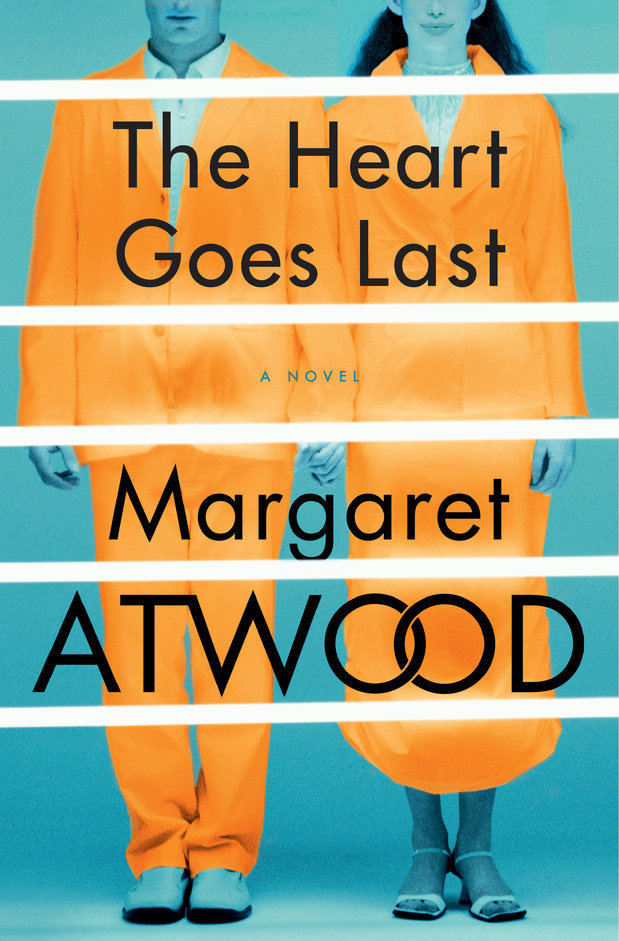Atwood, M. (2015). THE HEART GOES LAST: A NOVEL. Nan A. Talese. ISBN: 9780385540353.
Stan and Charmaine have no money. Signing up to live in an experimental society is better than living in their car, even if they do spend every other month in jail.
Pretty soon, however, things take a strange turn. The POSITRON/CONCILIANCE experiment begins to go awry. The reader realizes this dystopian novel is about the definition of marriage. What is it? Sex, romance, dominance, dependency, any, all or none of the above?
Atwood's tells the story in the voices of Charmaine, a perky optimist, and Stan, her somewhat resentful husband. How far are they willing to go to be comfortable, to have "the good life"?
Based on Advanced Review Copy. Release Date September 29, 2015. Doubleday/Nan A. Talese.
Publisher's Summary:
Margaret Atwood puts the human heart to the ultimate test in an utterly brilliant new novel that is as visionary as The Handmaid’s Tale and as richly imagined as The Blind Assassin.
Stan and Charmaine are a married couple trying to stay afloat in the midst of an economic and social collapse. Job loss has forced them to live in their car, leaving them vulnerable to roving gangs. They desperately need to turn their situation around—and fast. The Positron Project in the town of Consilience seems to be the answer to their prayers. No one is unemployed and everyone gets a comfortable, clean house to live in…for six months out of the year. On alternating months, residents of Consilience must leave their homes and function as inmates in the Positron prison system. Once their month of service in the prison is completed, they can return to their “civilian” homes.
At first, this doesn’t seem like too much of a sacrifice to make in order to have a roof over one’s head and food to eat. But when Charmaine becomes romantically involved with the man who lives in their house during the months when she and Stan are in the prison, a series of troubling events unfolds, putting Stan’s life in danger. With each passing day, Positron looks less like a prayer answered and more like a chilling prophecy fulfilled.
MARGARET ATWOOD, whose work has been published in thirty-five countries, is the author of more than forty books of fiction, poetry, and critical essays. In addition to The Handmaid’s Tale, her novels include Cat’s Eye, short-listed for the 1989 Booker Prize; Alias Grace, which won the Giller Prize in Canada and the Premio Mondello in Italy; The Blind Assassin, winner of the 2000 Booker Prize; Oryx and Crake, short-listed for the 2003 Man Booker Prize; The Year of the Flood; and her most recent, MaddAddam. She is the recipient of the Los Angeles Times Innovator’s Award, and lives in Toronto with the writer Graeme Gibson.
Author Website:http://www.margaretatwood.ca
Author Social Media: Twitter @MargaretAtwood; FB MargaretAtwoodAuthor

